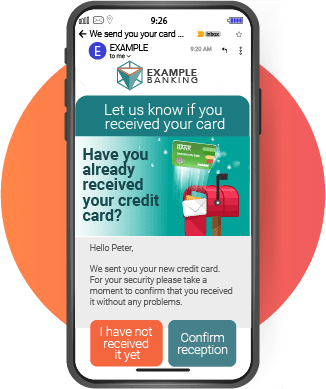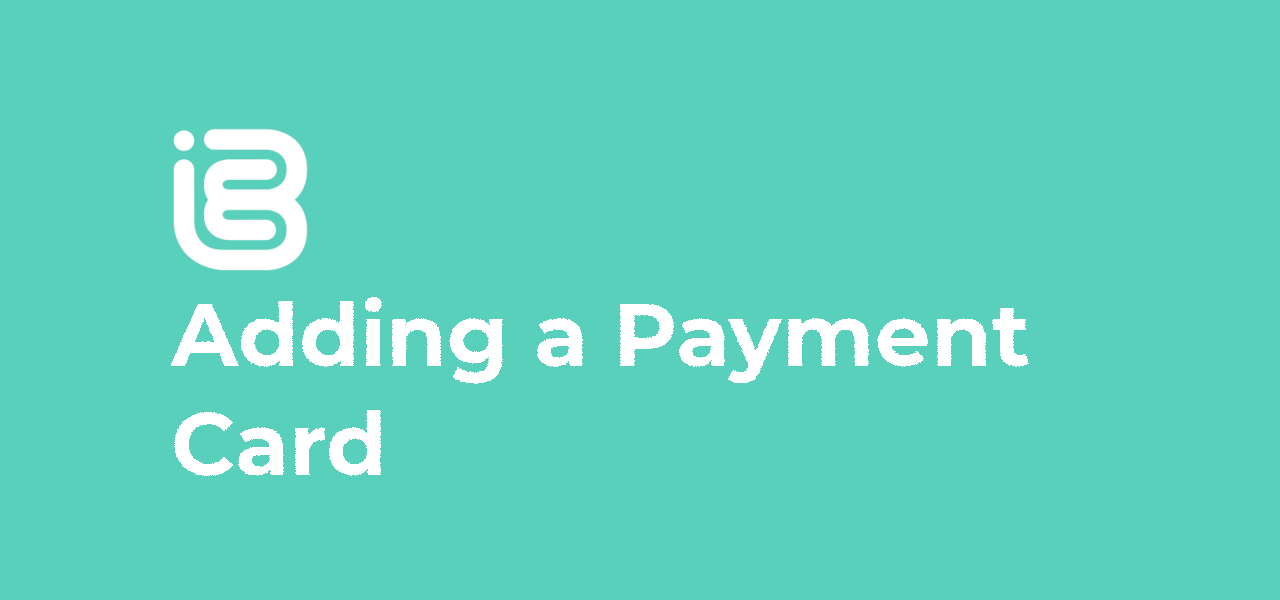Top News On Choosing Credit Card Apps
Wiki Article
What Constitutes A "Suspicious" Act And Lead To The Blacklisting Of A Credit Card?
A number of actions or behaviors can raise red-flags or be deemed unusual by the issuer of the card. This can result in blocking a card or being flagged. Examples include: Unusual patterns of spending
A sudden large transaction or a significant rise in spending compared with the typical spending habits of a cardholder could trigger suspicion.
Unrecognized Transactions
The possibility of fraud is if the cardholder's statement shows transactions that are unauthorized, unapproved or unfamiliar.
Multiple Declined Transactions
A pattern of several failed or declined transactions within the same time frame, particularly if the cardholder has a generally good track record of transactions could indicate an issue.
Geographic Anomalies-
Transactions made in locations far away from the typical locations of spending, or transactions made from multiple geographic locations over a short time frame can cause suspicion.
Abnormal Purchase Types
Purchases that are unusual, particularly for costly items that are not compatible with the habits of the cardholder's spend, can be flagged as suspicious.
Uncommon Online Behavior
An unusual or unexpected activity online like failed logins repeatedly, account changes or unusual attempts to log in, may suggest unauthorized access.
Unusual Card Usage
It could be suspicious if the card was used in a manner that's different from its normal use, for instance, if it were suddenly used to purchase international goods while the card is used primarily locally.
Unexpected Cash Advances and Transfers
The cardholder will receive an alert if large cash advances or transfers are made that are not normal for his spending.
Frequent Card Not Present Transactions
A sudden rise in card-not present transactions (online or over-the-phone purchases) with no prior history of such transactions could be investigated.
Issues with Identity Verification
The possibility of suspicion can arise when there are difficulties in confirming the identity of the cardholder, particularly when additional verifications are needed.
The card issuer might investigate the occurrences or observe them and may temporarily block your account until you verify the identity of the cardholder.

What Does A Credit Card Being Blacklisted Refer To?
If a credit or debit card is placed on a"blacklist", it is a sign that certain transactions are not permitted until the issue has been resolved or verified. Blacklisting may occur due to a variety of reasons.
Card Blocked for Security Reasons - If you suspect fraud, your card may be blocked if it detects unusual or suspicious transactions.
Security Risks If there's any sign of a breach, such as an unauthorised access, a data leak involving card details or unusual spending patterns, the card could be flagged.
Issues with Identity Verification - If you have difficulty in proving the identity of your cardholders in transactions, especially when additional verification is needed the card may be temporarily blocked.
Lost or Stolen Card- If the card was reported stolen or lost by the cardholder, the issuer might place a block on the card to prevent the card from being used in a way that is not authorized until a replacement card is issued.
Suspicious Activity Indicators: Any activity or behavior which is linked to a card and could raise suspicion can trigger immediately a block. For example, numerous declined transactions, geographic anomalies, or irregular spending patterns.
A card listed on the blacklist could limit the ability of the cardholder to get credit, or to make purchases with the card. This may be until the card issuer confirms the authenticity of the account, or addresses any security or fraud concerns. It is important for the cardholder contact the card issuer promptly to resolve any issues, confirm the validity of transactions, and resolve any security issues.

What Are The Requirements For An Individual To Be Able To Put An Account For A Credit Card In A List Application?
These professionals include: Fraud Analysts- trained individuals from financial institutions that are experts in identifying and analyzing fraud related to credit cards. They are Fraud analysts- Trained people who work for financial institutions and specialize in identifying, investigating, and preventing fraudulent credit card activity. They use tools and software specifically designed to identify patterns and anomalies, and may also reveal compromised card information.
Cybersecurity experts - Professionals who are experts in cybersecurity. They track and detect cyber-attacks, including compromised credit card data. They work on protecting against data breaches, analysing data for signs of compromise and then implementing security measures.
Law Enforcement officials- Specialized groups, or individuals, within law enforcement agencies who investigate frauds and financial crimes including credit card fraud. They are equipped with databases and resources that they can use to track and investigate fraudulent activities.
Compliance Officers- Professionals responsible for ensuring that banks comply with the laws and regulations in relation to financial transactions. They can oversee processes for identifying suspicious activity associated with credit card.
Databases that hold blacklists of credit cards and the authority to verify credit card information against these lists is strictly controlled and require proper legal authorizations, like being a part of an investigation by a government agency into financial crimes or with specific authorizations from authorized organizations.
These professionals and teams use special programs, protocols, and legal processes to evaluate credit card numbers with blacklists. They must also follow strict privacy rules and security standards. To ensure that your credit card details are not hacked, always trust reputable experts and institutions. Unauthorized access to or use of credit card "blacklists" can lead to legal implications. Have a look at the most popular savastan0 review for more info.
